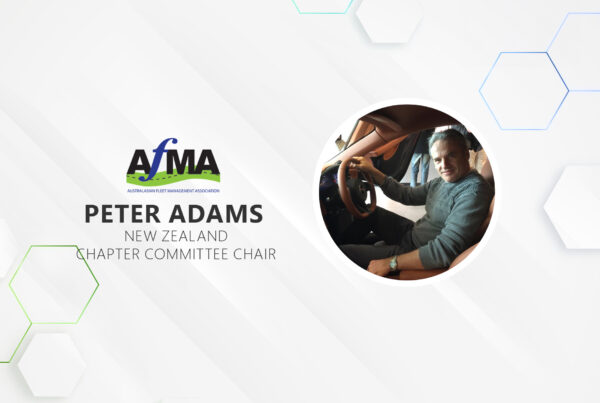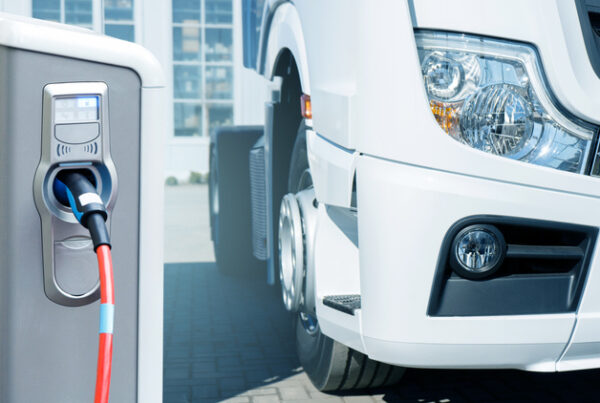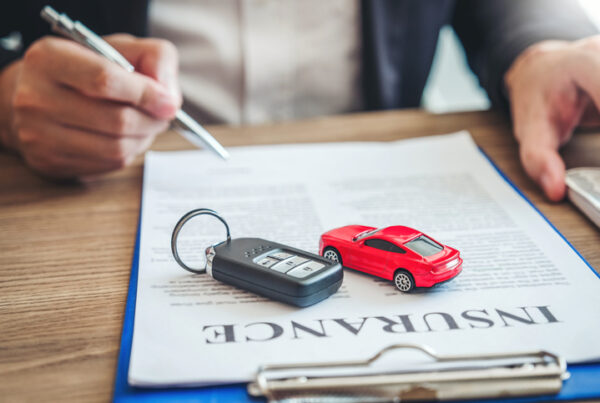Without proper and considered research, purchasing any new vehicles can be one of the most demanding and stressful parts of managing the fleet of an organisation.
There’s a myriad of choices to make – colour, make, model, transmission, body, safety features, purpose, how much to spend etc. For many drivers the choices they make now will dramatically affect their company for the foreseeable future – so it’s important they make the right ones.
And what about the second-hand market? Is there value to be found in it for fleet buyers? In some industries, during these tough times, there certainly is – particularly when it comes to buying previously owned electric and hybrid vehicles or also when considering some sort of novated leasing or car subscription for a previously owned vehicle.
When purchasing or renting a second-hand vehicle the choices you make can often become even more important. No ones intentionally sets out to buy a “lemon”, but it’s important that fleet buyers take the proper time to buy safe, reliable vehicles that ultimately achieve their desired aims.
Sadly there’s no one fits all approach here – the needs of every organisation are naturally going to be different, and are often dependant on the amount of $$ you have at your disposal.
What follows are some general pointers that will certainly help get you closer to not only buying the right vehicles but knowing which vehicles to avoid. During COVID-19 the purchases you make now will be more important than ever before – so always make sure you do your research. Good luck!
How to spot a lemon – 10 tips
1. Check the reliability record.
A good way to reduce the risk of purchasing a trouble-prone vehicle is to select models with a good reliability record before you begin shopping. JD Powers’ annual survey provides exclusive real-world reliability information that can help you narrow your selections. Your local state based motoring organisation (ie – RACV, NRMA, etc.) will also be a good base to start with, as is referring to ANCAP Safety Ratings to test the safety features of the vehicle.
2. Check the exterior.
Begin by doing a walk around of the car, looking for dents, chipped paint, mismatched body panels or parts, broken lamp housings, and chipped windows. Gaps between body panels should be of a consistent width and line up. A closer inspection can reveal paint overspray on chrome or rubber trim or in the vehicle’s wheel wells. This is a telltale sign of body-panel repair.
Test for the presence of body filler with a small magnet. If the magnet doesn’t stick to the panel, the car may have filler under the paint (some vehicles with plastic or fiberglass panels, however, won’t attract a magnet at all).
3. Check the interior.
A long look into the cabin can reveal many obvious problems, such as a sagging headliner, cracked dashboard, and missing knobs, handles, and buttons. Frayed seat belts or ones with melted fibres (because of friction) may be evidence of a previous frontal impact above.
Prematurely worn pedals or a sagging driver’s seat are signs that the vehicle has very high mileage. An air bag warning light that stays lit may indicate that a bag has deployed and been improperly replaced–or not replaced at all.
4. Check under the hood.
At first glance, the engine, radiator, and battery should be relatively grease-free and have very little or no corrosion. Belts and hoses should be pliable and unworn. Look for wet spots, which can indicate leaking oil or fluids. Melted wires, tubes, or lines, or a blackened firewall may be signs of overheating or even an engine fire. With the engine cool, ensure that all fluids are clean, filled to the proper level, and do not have leaks. Make sure to check the engine oil as well.
5. Check the tires.
Wear should be even across the width of the tread and the same on the left and right sides of the car. Tires that are frequently used while over-inflated tend to have more wear in the middle; tires driven while under-inflated tend to wear more on the sides. Heavy wear on the outside shoulder near the sidewall of the tire indicates a car that has been driven hard. This can be a sign that other parts of the car may suffer from excessive wear due to aggressive driving.
6. Check the steering.
With the car idling, turn the steering wheel right and left. Check that there isn’t any slack or “play,” or clunking noise in the steering. Excess play may indicate a worn steering gear or damaged linkage.
While driving at normal speeds on smooth, flat terrain, the car shouldn’t wander or need constant steering corrections. A shaking steering wheel often indicates a need for a wheel balancing or front-end alignment, which are easily remedied. However, this may also be a clue that there’s a problem with the driveline, suspension, or frame, which could mean expensive repairs are in order.
7. Check the suspension.
Check the suspension by pushing down hard on each fender and letting go. The car should rebound softly, once or twice. More than two severe rebounds indicate worn shock absorbers or struts. Also, drive the car over a bumpy road at about 50 km/h. A car that bounces and slams at moderate speeds over common pavement may have a worn or damaged suspension.
8. Check the tailpipe.
A puff of white smoke upon start-up is probably the result of condensation and not a cause for alarm. Black smoke after the car has warmed up indicates an overly rich air-fuel mixture–usually due to a dirty air filter, a faulty oxygen sensor, or mass-air meter (which measures the amount of intake air). Blue smoke indicates oil burning–a bad sign, requiring expensive repairs. Billowing white smoke indicates water in the combustion chamber, usually because of a blown head gasket, damaged cylinder head, or even a cracked block–all expensive repairs.
9. Step on the gas.
While driving, does the engine rev excessively before the car accelerates? This is a common sign of a misadjusted or worn-out clutch, or a damaged automatic transmission. A clutch adjustment is a relatively inexpensive service, but a damaged clutch or automatic-transmission repair can be extremely expensive. Listen for knocks and pings while accelerating. These indicate bad ignition timing or an engine beginning to overheat.
10. Visit a mechanic.
Before you buy any used vehicle, have it inspected by a qualified mechanic that routinely does automotive diagnostic work. In addition to doing the basic diagnostic, ask the mechanic to put the vehicle on a lift and inspect the undercarriage. Kinked structural components and large dents in the floor pan or fuel tank can indicate a past accident. Welding on the frame suggests a damaged section might have been replaced or cut out during repairs. Have the mechanic look for fresh undercoating, which can be used to hide recent structural repairs.




















